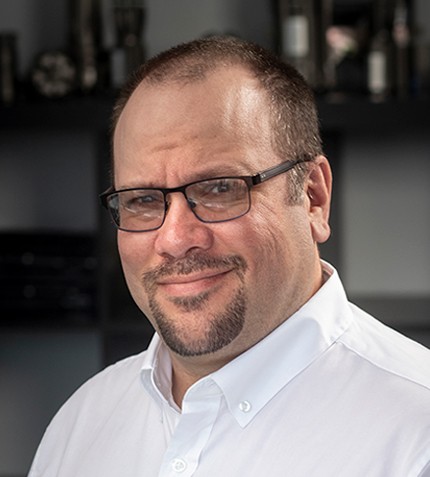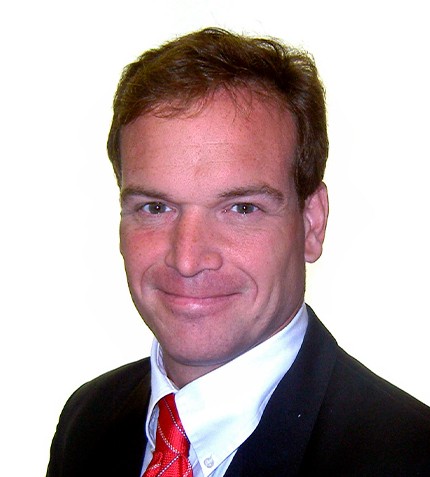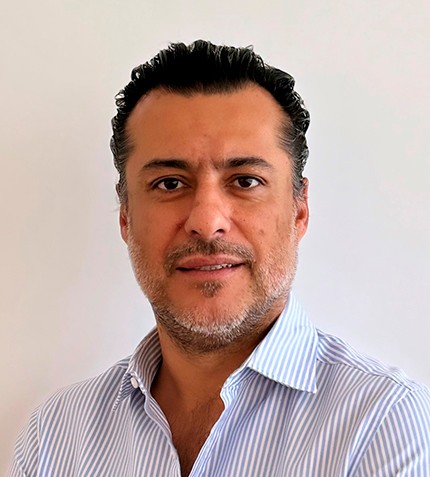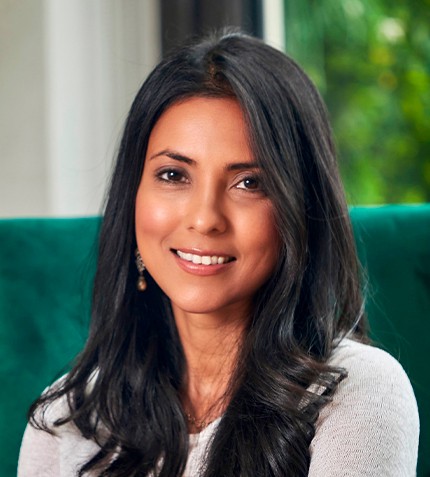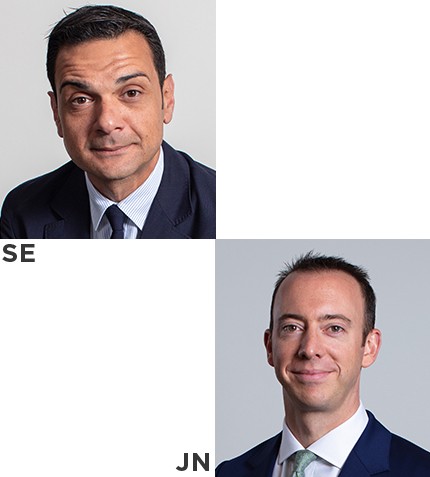
"Trafigura began trading metals and minerals sourced from the DRC in 2005 and we have been the largest trader by volume for the past six years."
Socrates Economou & James Nicholson
HEAD OF NICKEL AND COBALT TRADING & HEAD OF CORPORATE RESPONSIBILITY, TRAFIGURA
Could you introduce Trafigura’s activity in the DRC?
SE: Trafigura began trading metals and minerals sourced from the DRC in 2005 and we have been the largest trader by volume for the past six years. In 2020, we traded 1.3 million tonnes (t) of products out of the DRC alone, of which about 790,000 t were concentrates and refined metals (predominantly copper and cobalt). Trafigura also owns the Mawson West mining operation. Another Group investment is multimodal logistics provider Impala Terminals, with warehouses in Kolwezi and in Lubumbashi, together moving about 15,000 t of volumes monthly. Trafigura buys the majority of this volume, and the remaining is moved for counterparties. Our agreements with DRC producers tend to be on a multi-year basis and they take the form of marketing arrangements or outright purchases. We also pre-finance different mining operations into development, Trafigura having the offtake rights once the mines come into production.
Could you explain the commercial structure behind the collaboration with Enterprise Générale du Cobalt (EGC)?
SE: EGC was created after artisanal cobalt miners came under intense scrutiny over child labor and human rights abuses in 2016, as highlighted by Amnesty International. The government in Kinshasa issued two decrees to formalize the artisanal sector, out of which the state-owned EGC was born at the end of 2019. Trafigura won a tender to help EGC shape the project through financing and the marketing of minerals for a period of five years. Trafigura is pre-financing the set-up of artisanal mining zones and that of buying stations, providing recommendations on the running of the operations. The material has to be sourced responsibly in accordance with the EGC Responsible Sourcing Standard and processed within the DRC. Then, Trafigura markets the cobalt hydroxide on an open book basis with EGC, which means we are being remunerated by transparent commissions. EGC has full visibility into the buyer of the material as well as the end-price, and it can also allocate 50% of the production directly to an entity of their choice.
EGC launched the “Responsible Sourcing Standard” in 2021. Could you tell us about this?
JN: Artisanal mine sites can be responsibly operated. Trafigura is the only buyer operating at scale to have developed a model accepted by the market. Across the DRC there are probably 200,000 artisanal cobalt miners. The first concession chosen by EGC, Kasulo, has as many as 10,000 miners working on-site. At present, the site conditions leave a lot to be desired. Timewise, the project has not started yet, but we have invested heavily in the mechanisms to ensure responsible business practices can be quickly introduced. Such efforts include introducing a transition plan, where the site is comprehensively prepared for safe operations, the provision of training on safe working practices, as well as the introduction of the Voluntary Principles on Security and Human Rights in relation to the diligence, deployment and oversight of security providers.
What opportunities did you identify in the US$600 million offtake agreement with Shalina Resources to advance the Mutoshi project and the Etoile expansion?
SE: Trafigura had a three-year marketing agreement for their Etoile mine that ended last year, and we have been discussing the development of the Mutoshi concession. Mutoshi is the world’s largest mechanized cobalt mine and will come fully into production by the fourth quarter of 2023. No other mine has been announced to come onstream during this period at a time of urgent demand. We found an opportunity in fast-tracking Mutoshi to meet this demand and Trafigura has the marketing rights to the production until 2027.
How do you see the role of DRC’s minerals in feeding global demand for critical minerals?
JN: Average grades of copper and cobalt produced in the DRC are much higher than elsewhere globally, which helps not only from an economic perspective but is also conducive to a lower CO2 profile. DRC mines are already well positioned on the cost curve - couple this with the fact that material is typically processed on-site and that the national grid is powered to a large extent by hydropower and you have a very attractive proposition.
Do you have a final message?
SE: Trafigura has had a strong presence in the DRC for many years and more broadly in Sub-Saharan Africa. We believe we can give access of a big part of DRC’s production to the market in a responsible manner and at a time when the world needs it the most.




